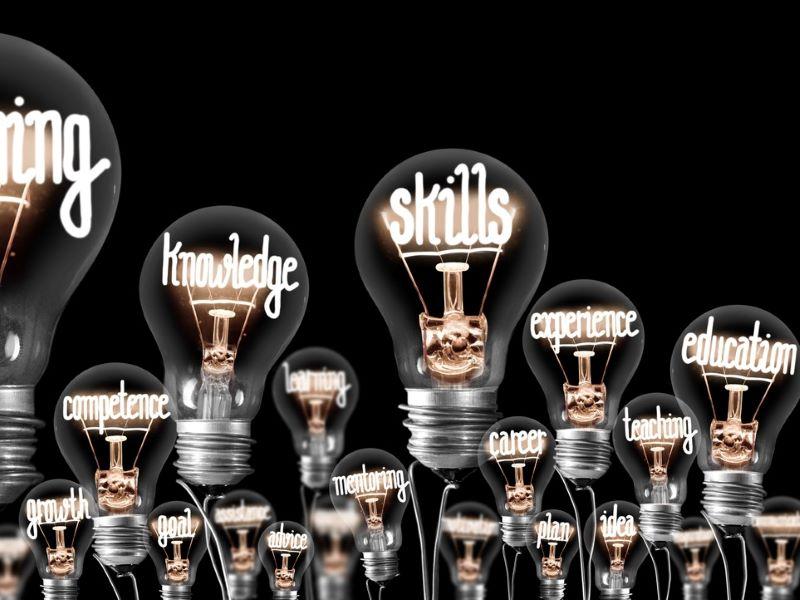Since the new academic structure was introduced in 2009, all Hong Kong undergraduate students have undertaken a four-year degree rather than following the original three-year structure. The additional year requires all eight publicly funded universities in Hong Kong to offer a broad interdisciplinary general education curriculum, which complements students’ specialised disciplines or professions with early tracking. In 2012, the first cohort of undergraduate students started the four-year programme.
The common core is the University of Hong Kong’s general education curriculum. Students from all 10 faculties are usually required to take six common core courses across four areas of enquiry: science, technology and big data; humanities; global issues; and China: culture, state and society. With its 10th anniversary in 2022, it is a good time to review key lessons from the implementation of this common core, to inform other similar interdisciplinary general education curriculum reforms.
- Unpacking academic interdisciplinarity
- Fostering interdisciplinary learning in large-scale doctoral programmes
- Start with why, part one: taking a new approach to curriculum development
1. A shared vision and goals
Initiating general education curriculum reform is a collective responsibility across all faculties, from senior management to front-line academics. A regular explicit, clear discourse between all parties is needed to build a shared understanding, communication and practice.
Forward-looking and all-encompassing notions of learning can lead to discussion around three essential questions:
- what is worth learning?
- how to learn and teach effectively
- how to implement the reform effectively.
All these factors come from the series of administrative meetings, curriculum documents and staff handbooks, as well as panel workshops at the outset of curriculum preparation.
All parties should maintain a clear picture of exactly what every change is and what it aims to achieve. Curriculum reform requires decisions around curriculum content, pedagogy and assessment. With strong adherence to shared educational values and commitments, reform can remain rooted to its original purpose in every decision made. This helps academics across all faculties to work out their own specific strategies to realise the vision and goals.
2. Early engagement and communication with stakeholders
Throughout the reform process, involvement of all relevant stakeholders helps to solicit important ideas and support, to clarify roles and responsibilities, and to reduce potential resistance and opposition. It avoids the risk that policies and debates will exclude some voices and perpetuate misrepresentation. Meanwhile, these empowerment exercises can open numerous possibilities and generate original, creative ideas through diverse representation. This helps to build capacity and momentum for sustainable change. This stakeholder involvement should include discussing and negotiating curricular changes and initiatives, as well as reviewing and approving newly applied courses.
3. A gradual and progressive developmental trajectory
Long-term planning gives the general education curriculum reform time to settle, consolidate and deepen in order to attain desirable outcomes. A detailed schedule and a series of critical milestones will allow incremental and coordinated changes at all levels. Use a timeline to map out tasks, concrete deliverables or expected outcomes, responsible personnel and regular checkpoints, as well as contingency plans or timely adjustments. This allows all parties to review the interim impacts and adjust supporting strategies along the way.
4. Balancing different concerns and conflicting priorities in decision-making
The general education curriculum should be built on the university’s distinctive strengths and context while leaving scope to learn from others. It cannot be borrowed or copied directly from another system. However, one can learn from counterparts.
Feasible reforms adapted to a specific university context can resolve any tensions and dilemmas that might occur. The decision-making processes should strike a balance between all the different competing needs – for example, local and global, or academic, social and personal growth – and resolve tensions between opposing interests dynamically.
5. Supporting professional development
Professional competences and growth mindsets can be built with targeted professional development programmes, as well as by doing, sharing, researching and reflecting with a wide range of learning communities within and across institutions. All these initiatives enable academics to be change agents of general education curriculum reform and encourage them to move away from individual territories towards collaborations, to enhance student learning. These projects offer fertile ground for academics to cultivate their self-esteem and self-motivation for ongoing renewal and improvements.
6. Ongoing review and evaluation
Throughout any curriculum reform, have a comprehensive set of questions responsive to the reform and addressing the key concerns of stakeholders at the outset. These will determine what datasets are necessary and how they will be collected. Fundamental datasets need to be collected every year to track changes such as the achievement of learning goals, development of generic skills and outcomes of new assessment practices. There should be internal and external evidence-based studies commissioned through professional research bodies for further review and evaluation, to ensure that the reform is on the right track.
Use multiple methods to obtain quantitative and qualitative datasets, such as regular focus group interviews, written surveys and feedback, and faculty visits. The reports and the feedback should be used to identify the strengths and potential, as well as the gaps and challenges needing further support. Given the large-scale nature of the reform, the overall evaluation of progress should be disseminated and discussed annually; be sure to celebrate success and highlight areas for improvement. All initiatives and strategies should keep abreast with the ever-evolving and at times unanticipated macro, meso and micro changes in the wider environment.
7. Adjustment of reform mindsets and mentalities
Transformative curriculum reform such as that of general education requires psychological preparation, trust and patience, commitment to complex processes, and management of perception and expectations, which go beyond changes to hardware and infrastructure. Such a mindset is extremely important for institutions, so they don’t opt for knee-jerk fixes at the expense of long-term developments. Curriculum reform is not about doing more of what the system is already doing, even if it means doing it better, but rather thinking about and providing education in an entirely different manner.
Adrian Man-Ho Lam is a course tutor researching and teaching the interdisciplinary common core curriculum at the University of Hong Kong.
If you found this interesting and want advice and insight from academics and university staff delivered direct to your inbox each week, sign up for the Campus newsletter.




comment